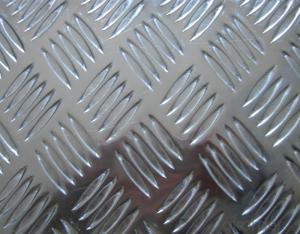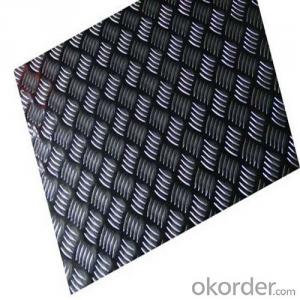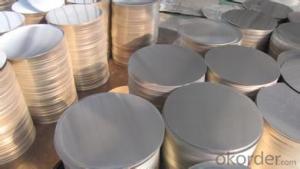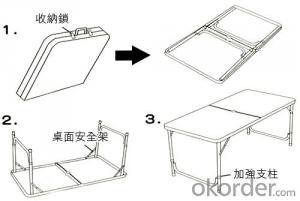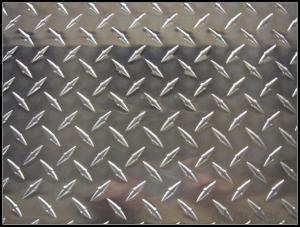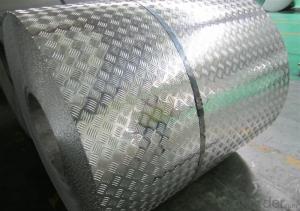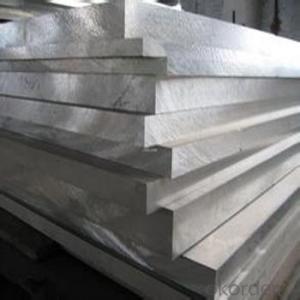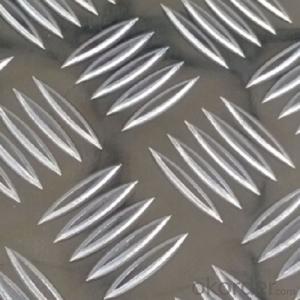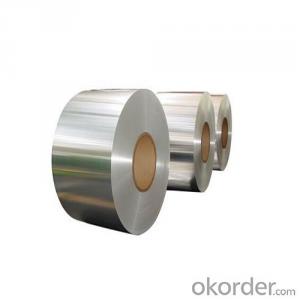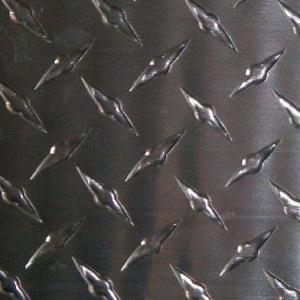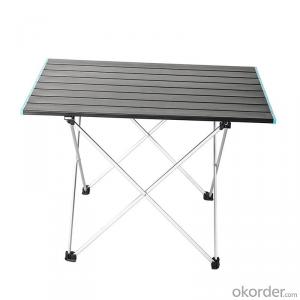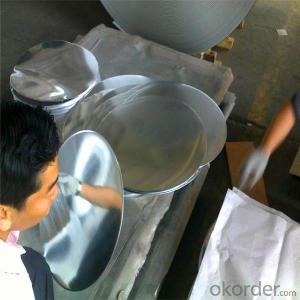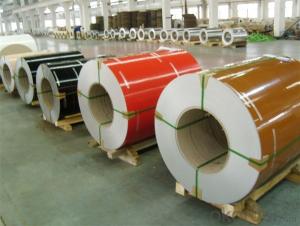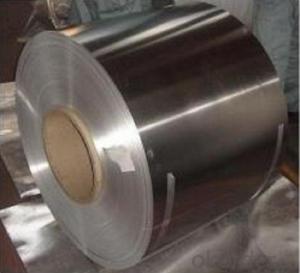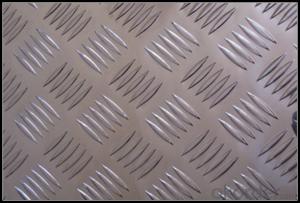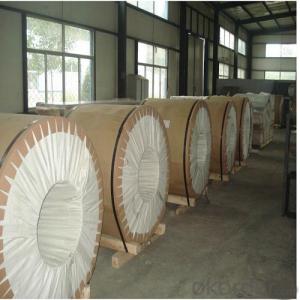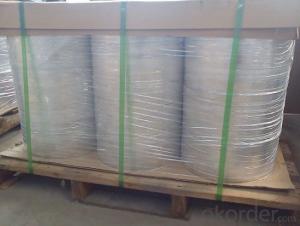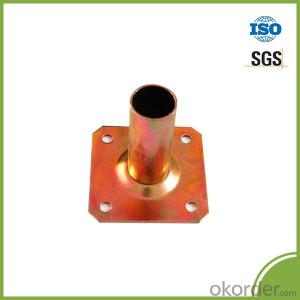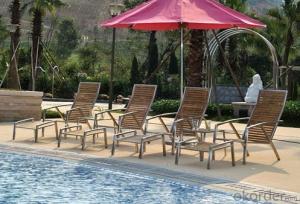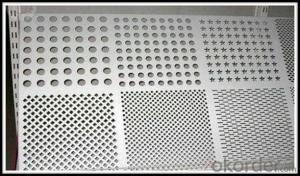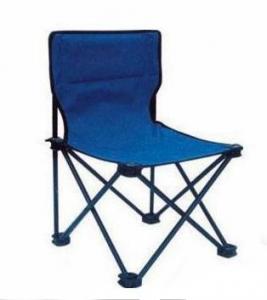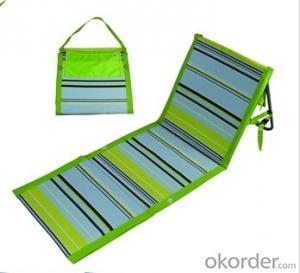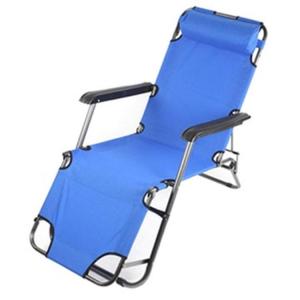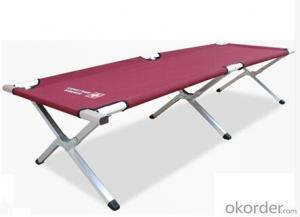Aluminum Boat Bow Plate
Aluminum Boat Bow Plate Related Searches
Bow Plate For Aluminum Boat Aluminum Bow Plate Aluminum Plate Boat Aluminum Boat Capacity Plate Aluminum Boat Transom Plate Aluminum Tool Plate Aluminum Bronze Plate Aluminum Build Plate Aluminum Metal Plate Aluminum Cooking Plate Aluminum Armor Plate Aluminum Mold Plate Aluminum Tooling Plate Aluminum Wall Plate Aluminum Plate Boat Kits Aluminum Grill Plate Aluminum Base Plate Aluminum Plate Boat Plans Aluminum Deck Plate Aluminum Motor Plate Aluminum Joining Plate Aluminum Caul Plate Aluminum Mounting Plate Aluminum Sheet Plate Aluminum Foil Plate Aluminum Push Plate Aluminum Butt Plate Aluminum Backing Plate Bending Aluminum Plate Aluminum Floor PlateAluminum Boat Bow Plate Supplier & Manufacturer from China
Aluminum Boat Bow Plate is a type of protective plate designed specifically for the bow area of aluminum boats. These plates are made from high-quality aluminum material, which ensures durability and resistance to corrosion, making them ideal for marine environments. They are engineered to absorb and distribute impact forces, thereby protecting the boat's hull from damage caused by collisions with obstacles such as rocks, docks, or other boats.The application of Aluminum Boat Bow Plate is extensive, as they are commonly used in various watercraft, including fishing boats, yachts, and recreational boats. These plates are particularly useful in scenarios where boats are navigating through shallow waters or in areas with a high risk of collision. By installing an Aluminum Boat Bow Plate, boat owners can significantly reduce the risk of damage to their vessel, ultimately saving on repair costs and maintaining the boat's overall integrity.
Okorder.com is a reputable wholesale supplier of Aluminum Boat Bow Plate, boasting a large inventory to cater to the needs of various customers. With their extensive range of products, they are able to provide boat owners and manufacturers with the necessary protection for their watercraft. By sourcing from Okorder.com, customers can expect competitive prices, fast shipping, and reliable customer service, ensuring a hassle-free experience when purchasing Aluminum Boat Bow Plate.
Hot Products
